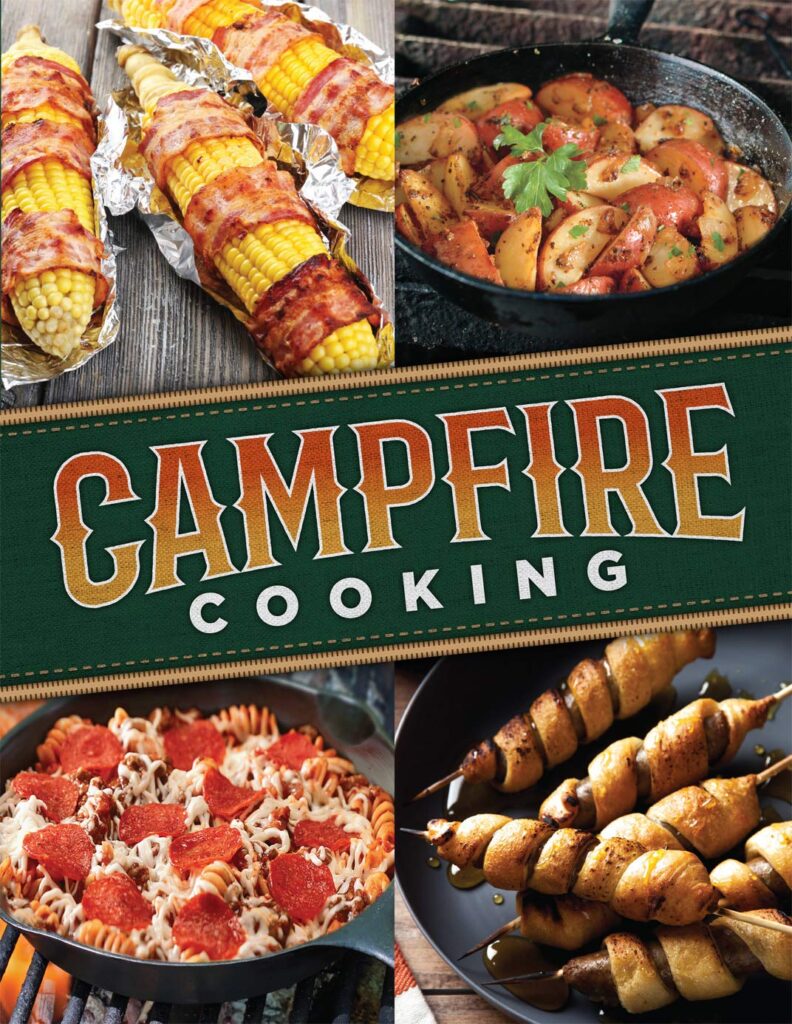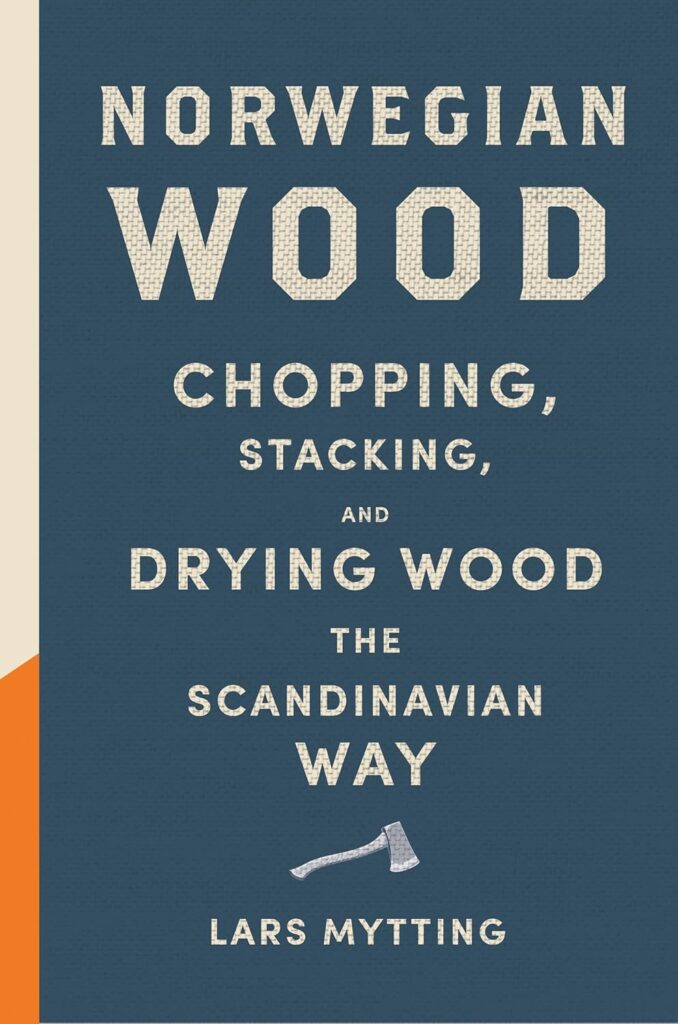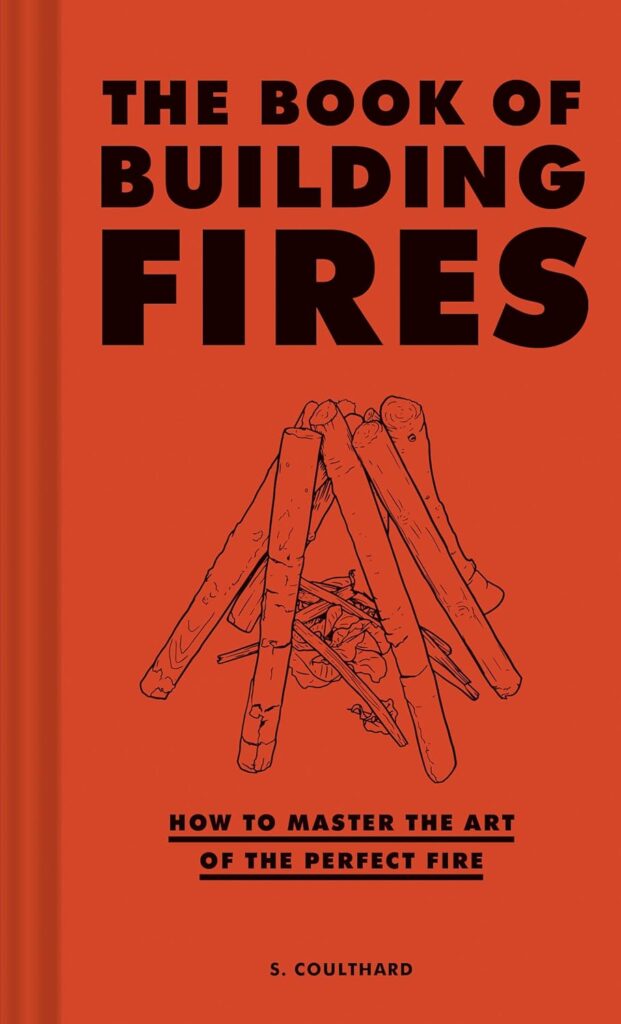Norwegian Wood: Chopping, Stacking, and Drying Wood the Scandinavian Way
The Book of Building Fires: How to Master the Art of the Perfect Fire
Books About Camp Fire Building and Lighting
Building and lighting a good campfire is a skill every cabin dweller, camper, or backwoods explorer should know. A strong, steady fire isn’t just a source of heat—it’s a place to cook, gather, and unwind after a long day outdoors. Whether you’re deep in the wilderness or just steps from your cabin porch, knowing how to build the right fire for the situation is both practical and rewarding.
It all starts with the right materials. You’ll need dry tinder—things like pine needles, birch bark, or shavings—to catch the first spark. Next comes kindling: small sticks no thicker than a pencil. Finally, your fuel wood, which should be dry and seasoned if you want a clean, hot burn. Green or wet wood smokes and struggles to catch, making your job harder.
There are a few ways to stack a fire, and each has its purpose. The teepee is great for a quick, hot flame and is easy to light. The log cabin style creates a longer-lasting fire with a strong base. The lean-to is useful in wind or damp conditions, offering shelter for your flame as it catches. Whichever method you choose, airflow is key—stack loosely enough to let oxygen flow, but close enough to catch and hold heat.
Once your fire is built, light the tinder from the base and let the flame climb. Feed it slowly and don’t rush—good fires take patience. Use matches or a lighter, or if you’re up for a challenge, try a ferro rod or flint and steel.
A campfire isn’t just about survival—it’s about comfort, connection, and tradition. The crackle of burning wood, the glow against the trees, the warmth on your face—it all adds up to something deeply human. Knowing how to build that is a skill worth having.


